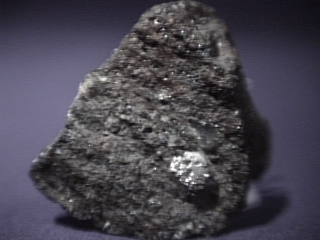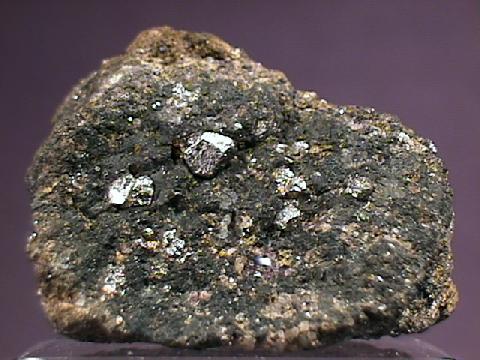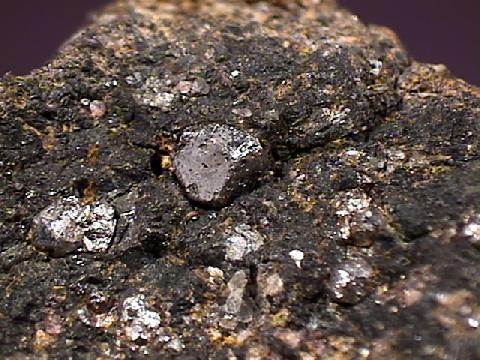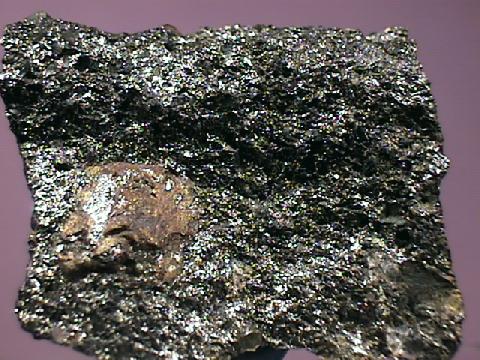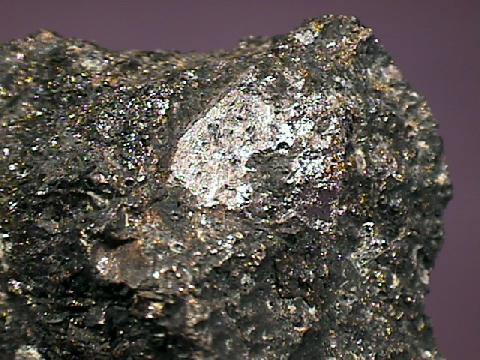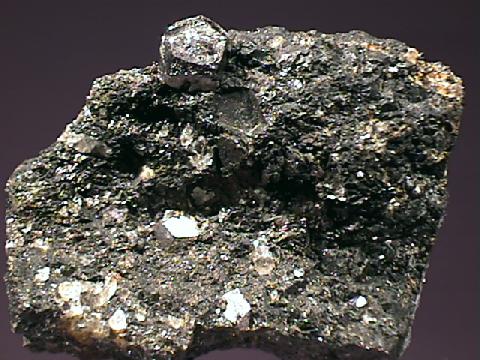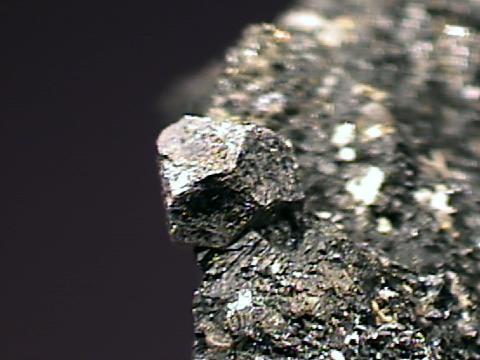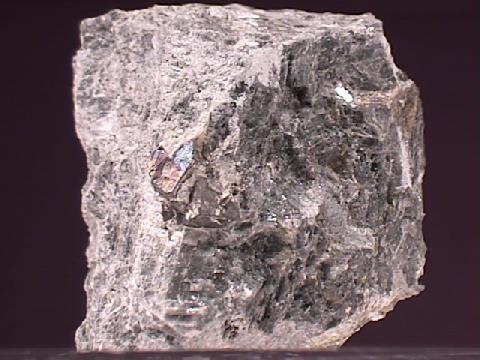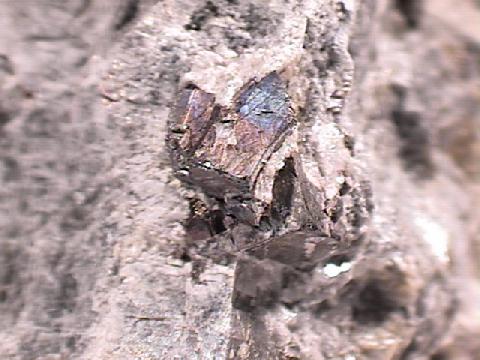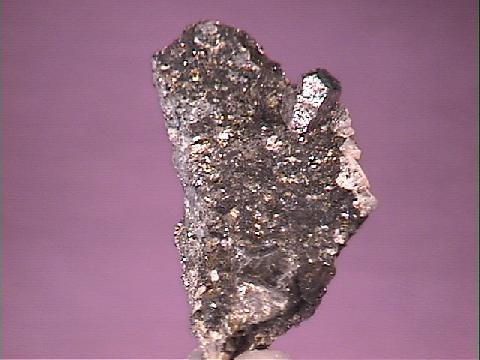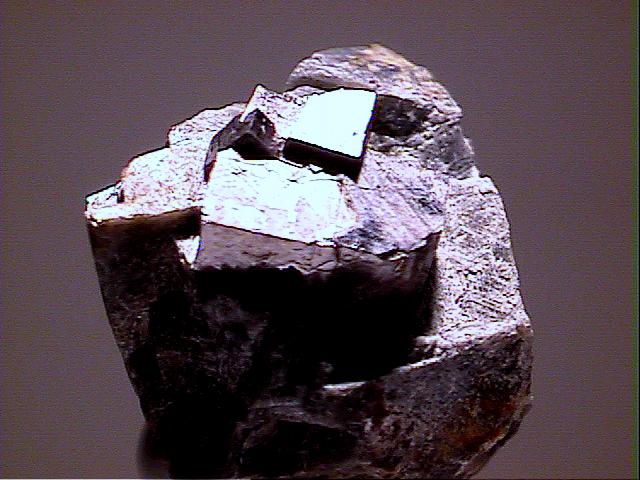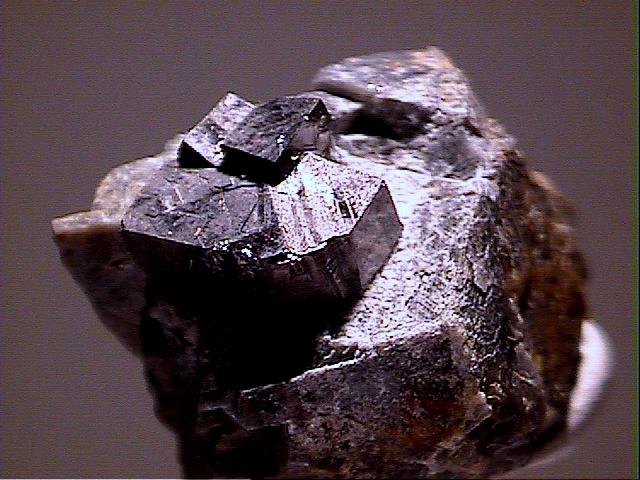 THE MINERAL COBALTITE
THE MINERAL COBALTITE
- Chemistry: (Co, Fe)AsS, Cobalt Iron Arsenic Sulfide
- Class: Sulfides and Sulfosalts
- Group: Cobaltite Group
- Uses: Important ore of cobalt and as mineral specimens.
Specimens
Regardless of its actual symmetry, cobaltite forms isometric looking crystals. Either from really being isometric or from simply having such a similar structure to pyrite, cobaltite's crystals mimic those of pyrite. Although the crystal habits are similar to pyrite, cobaltite can not be confused with pyrite which is brassy yellow in contrast to cobaltite's silver gray or white color. Skutterudite on the other hand is also white and forms similar crystals although it has poor cleavage.
Often deposits of cobaltite will have a weathering crust of minerals such as erythrite, Co3(AsO4)2-8(H2O). Since cobalt is a strong coloring metal, minerals like erythrite are strongly colored, in this case a pink to bright purple. Miners called these colorful minerals "cobalt blooms" and used them as indicators of the presence of cobalt ores, such as cobaltite. Good crystals are usually common when cobaltite deposits are found and are a treasure for collectors.
PHYSICAL CHARACTERISTICS:
- Color is white to silver gray.
- Luster is metallic.
- Transparency crystals are opaque.
- Crystal System has been described as isometric; 2/m bar 3, but its actual structure is perhaps orthorhombic; m m 2 although the last word has not been said on this subject.
- Crystal Habits include cubes, octahedrons, pyritohedrons and combinations of these isometric forms. If cobaltite is actually orthorhombic than these forms are either pseudocubes etc or they are pseudomorphs from a truly isometric phase which existed at higher temperature and/or pressure. Cobaltite is also commonly massive and granular.
- Cleavage is distinct in three directions forming cubes.
- Fracture is uneven to subconchoidal.
- Hardness is 5.5
- Specific Gravity is approximately 6.0 - 6.4+ (heavier than average for metallic minerals)
- Streak is dark gray.
- Other Characteristics: Striations on cube faces.
- Associated Minerals are silver, chalcopyrite, pyrite, erythrite, skutterudite and other cobalt minerals.
- Notable Occurrences include Cobalt, Ontario, Canada; Zaire; Siegerland, Germany; Skutterud, Norway; Tunaberg, Sweden; Sonora, Mexico; England; Boulder, Colorado and other USA localities.
- Best Field Indicators are crystal habit, cleavage, color, streak, association with erythrite and luster.

